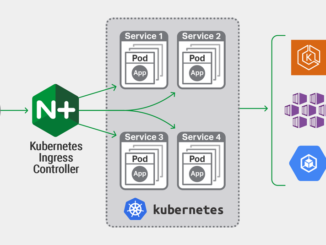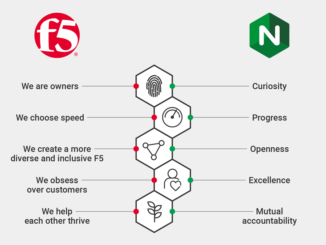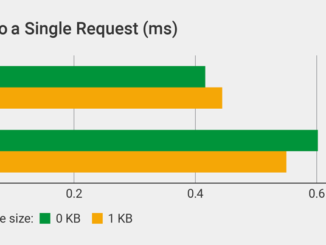
Announcing NGINX Ingress Controller for Kubernetes Release 1.5.0
Announcing NGINX Ingress Controller for Kubernetes Release 1.5.0 h4 { font-weight:bolder; font-size:110%; } h5 { font-weight:bolder; font-size:110%; } We are pleased to announce release 1.5.0 of the NGINX Ingress Controller for Kubernetes. This represents a milestone in the development of our supported solution for Ingress load balancing on Kubernetes platforms, including Amazon Elastic Container Service for Kubernetes (EKS), the Azure Kubernetes Service (AKS), Google Kubernetes Engine (GKE), Red Hat OpenShift, IBM Cloud Private, Diamanti, and others. Release 1.5.0 includes: A new configuration approach using NGINX custom resources to easily define ingress policies Additional metrics, provided by a streamlined Prometheus exporter Simplified configuration of complex TLS deployments Support for load balancing traffic to external services, using ExternalName services A dedicated Helm chart repository The complete changelog for release 1.5.0, including bug fixes, improvements, and changes, is available in our GitHub repo. What Is the NGINX Ingress Controller for [ more… ]




